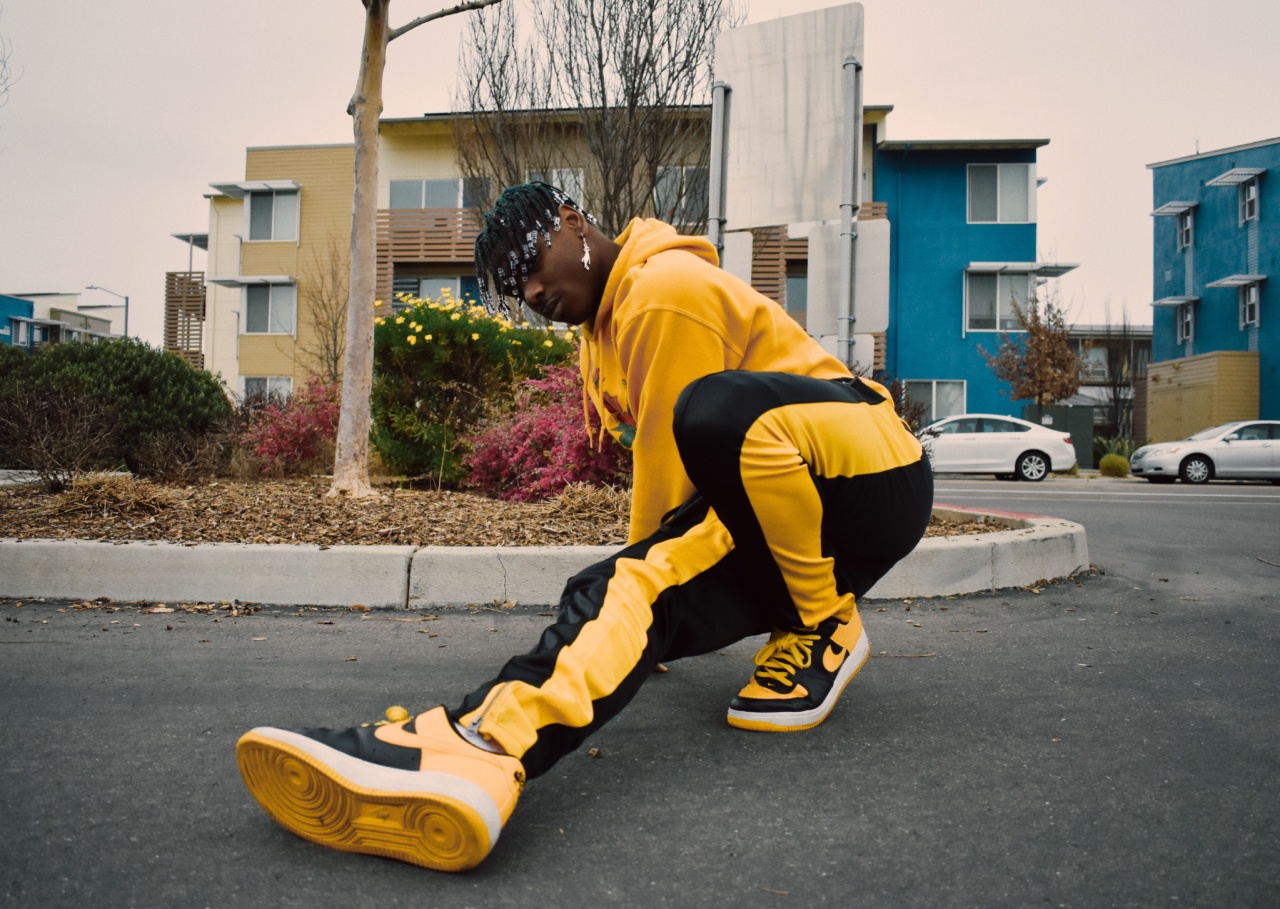Hip culture, also known as hip-hop culture, has undergone a significant transformation since its inception in the late 1970s.
It has evolved from a niche subculture born in the Bronx to a worldwide phenomenon that influences fashion, music, and even politics.
The Origins of Hip Culture
The origins of hip culture can be traced back to the 1970s in the Bronx, New York. It was a time when young African American and Latino Americans were striving to create their own identity in a society that marginalized them.
They found a new form of expression in music and dance. This led to the formation of a subculture, which included rap music, breakdancing, graffiti, and clothing.
Music
Music was the backbone of hip culture. It was a way for people to express their feelings, thoughts, and experiences. The pioneers of hip-hop music include Grandmaster Flash, Afrika Bambaataa, and Sugarhill Gang.
The music was characterized by its heavy basslines, scratching, and sampling. The lyrics of hip-hop songs were often politically charged, and they addressed issues such as poverty, racism, and police brutality.
Dance
Breakdancing, also known as b-boying or breaking, was the signature dance of hip culture. It was a form of street dance that involved acrobatic movements such as spins, flips, and freezes.
The dance originated in the Bronx and quickly spread throughout the city and beyond.
Graffiti
Graffiti was another aspect of hip culture. It was a form of art that involved spray painting walls and surfaces with colorful designs and messages. Graffiti artists used their art as a way to express their identity and challenge authority.
Clothing
Clothing was an important part of hip culture. It was a way for people to express themselves and show their allegiance to the subculture. Hip-hop fashion included baggy pants, oversized t-shirts, track suits, and sneakers.
The style was often accessorized with gold chains, hats, and sunglasses.
The Evolution of Hip Culture
Over the years, hip culture has undergone a dramatic transformation. It has gone from being a subculture to a mainstream culture that influences fashion, music, and even politics.
One of the factors that led to this transformation was the commercialization of hip-hop music. In the 1990s, mainstream record labels started to sign hip-hop artists, and the music became more accessible to a wider audience.
Music
Hip-hop music today is vastly different than it was in the 1970s. It has become a global phenomenon, and artists from all over the world now contribute to the genre.
The music is often more commercialized and polished, and the lyrics are not always as politically charged as they once were. However, there are still hip-hop artists who use their music to address social issues and politics, such as Kendrick Lamar and J. Cole.
Dance
Breakdancing is no longer as prevalent as it once was in hip culture. However, there are still dance crews and competitions that keep the art form alive.
In recent years, new styles of dance, such as krumping and popping, have emerged, and they have become popular within hip culture.
Graffiti
Graffiti has become more accepted as an art form, and it is sometimes commissioned for public spaces. Street artists have gained recognition and fame, and their work is often displayed in galleries and museums.
Some graffiti artists, such as Banksy, have become household names.
Clothing
Hip-hop fashion has also evolved over the years. Today, it is more diverse and inclusive, and there is no longer one specific style associated with the subculture.
Hip-hop fashion influences mainstream fashion trends, and it is not uncommon to see celebrities and influencers wearing streetwear brands that were once associated with hip culture.
The Impact of Hip Culture
Hip culture has had a significant impact on society. It has created a platform for marginalized communities to express themselves and challenge authority.
The music has opened up conversations about social issues, and it has been used as a tool for activism. Hip culture has also influenced fashion, popular culture, and even politics. Politicians have tried to connect with younger voters by using hip-hop references and incorporating hip-hop artists into their campaigns.
The Future of Hip Culture
As hip culture continues to evolve, one thing is certain – it will continue to have an impact on society. The subculture will likely continue to influence music, fashion, and entertainment. However, it will also face new challenges.
As hip culture becomes more mainstream, there is a risk that it will lose its authenticity and become watered down. It will be up to the younger generations to keep the spirit of hip culture alive and to continue to use it as a platform for social change.































